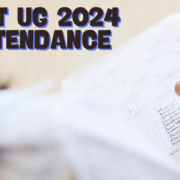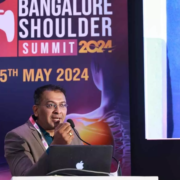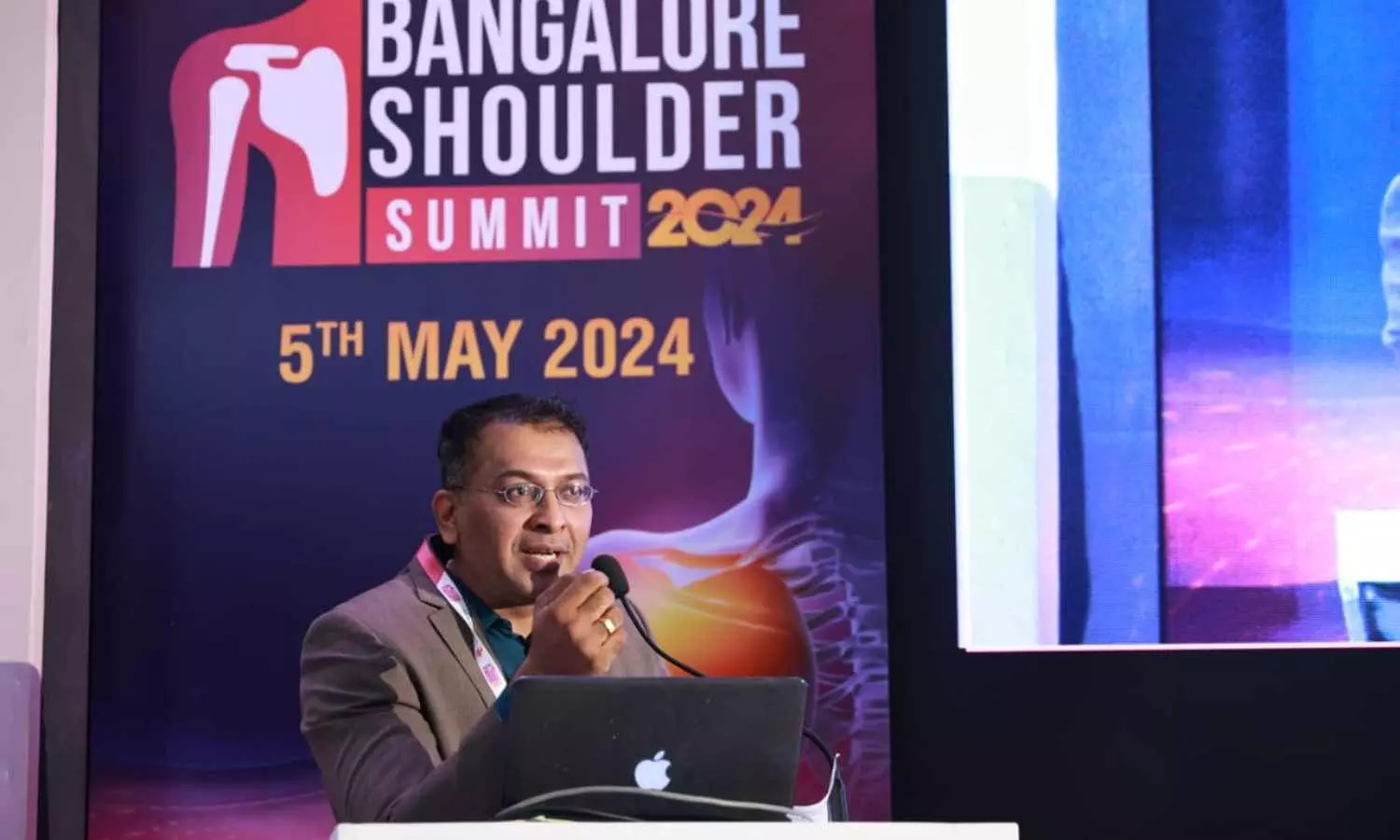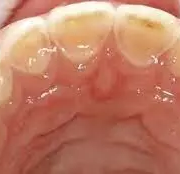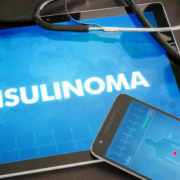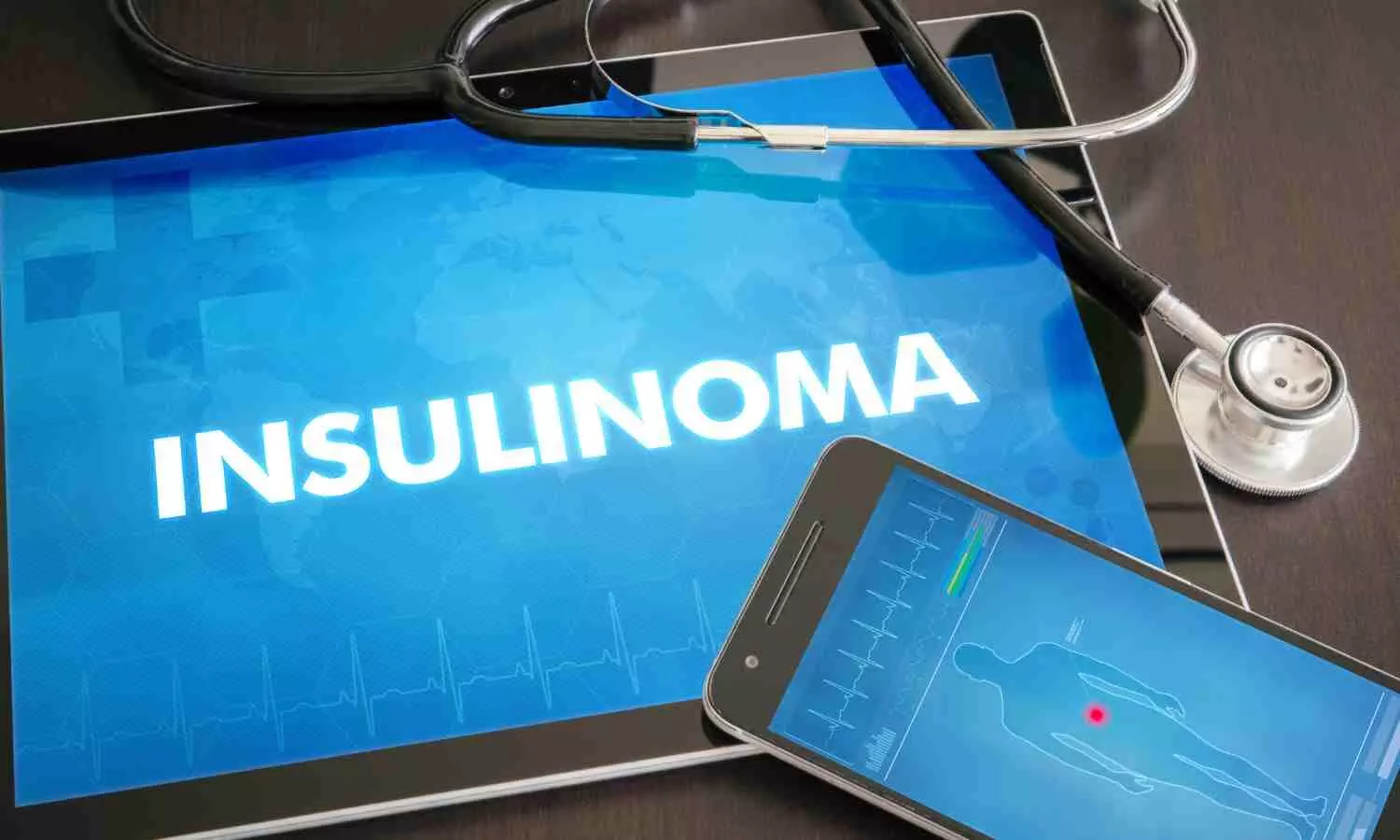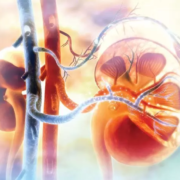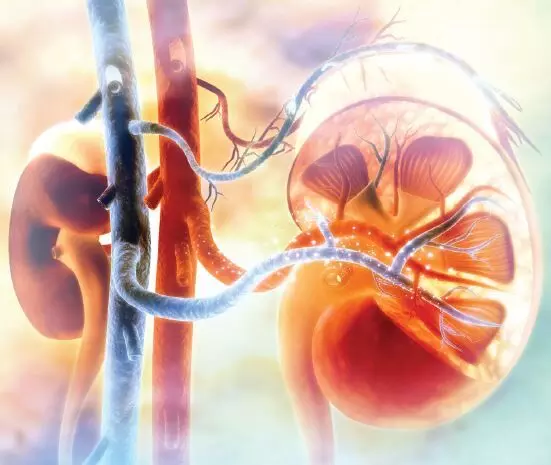NTA Reports Over 96 percent Attendance of NEET 2024 applicants, Female Candidates More Than Males

New Delhi- For the National Eligibility cum Entrance Test Undergraduate (NEET UG) 2024 examination the overall attendance has been reported to be over 96 per cent. With this, female candidates recorded higher attendance in appearing NEET UG 2024 compared to male and transgender candidates.
According to an Indian Express media news report, data shared by NTA shows that a total of 9,96,393 male candidates, 13,31,321 female candidates and 17 transgender candidates appeared for NEET UG 2024. While the total attendance has been recorded at 96.94 per cent, in which the attendance of male candidates has been 96.92 per cent, that of female candidates has been 96.96 per cent and that of transgender candidates has been 94.44 per cent.
Moreover, across India, 5 states recorded the highest number of female candidates appearing in NEET UG 2024 i.e. Uttar Pradesh, Maharashtra, Rajasthan, Tamil Nadu and Karnataka.
Following are the details as per the Indian Express report.
STATE WISE ATTENDANCE
|
S.NO |
STATE |
MALE |
FEMALE |
TRANSGENDER |
TOTAL |
|
1 |
Uttar Pradesh |
167690 |
164779 |
1 |
332470 |
|
2 |
Maharashtra |
118243 |
156795 |
2 |
275040 |
|
3 |
Rajasthan |
104753 |
88367 |
– |
193120 |
|
4 |
Tamil Nadu |
53202 |
100398 |
5 |
153605 |
|
5 |
Karnataka |
58429 |
92443 |
1 |
150873 |
|
6 |
Kerala |
31755 |
106747 |
1 |
138503 |
|
7 |
Bihar |
72661 |
63527 |
– |
136188 |
|
8 |
West Bengal |
61461 |
55847 |
– |
117308 |
|
9 |
Gujarat |
37873 |
49101 |
– |
86974 |
|
10 |
Delhi |
28120 |
37988 |
1 |
66109 |
Meanwhile, surpassing the record for the last 8 years, this year also, NEET UG 2024 has improved its record with 24 lakh registrations for the academic year 2024-25 for admission to Medical/Dental and Allied Health courses.
Medical Dialogues had earlier reported around 23.3 lakh candidates out of the record 24 lakh registered candidates appeared for NEET UG 2024, as per NTA official’s report. With this, NEET-UG saw the highest-ever number of candidates sitting for any competitive exam in India this year and “probably” became the world’s largest single-sitting competitive exam.
Powered by WPeMatico

